1
Lille, Hauts-de-France
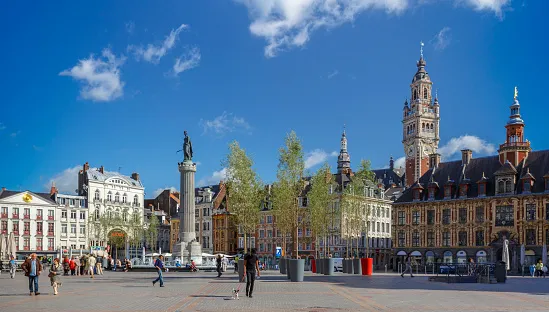
A quick dash down from Calais will bring you to Lille, a vibrant city with wonderful Flemish architecture, great restaurants and fantastic shopping. Once a year, on the first weekend of September, the city is host to a giant flea market, the Braderie de Lille, which attracts around 10,000 sellers, offering a wide variety of items. The event takes on a festive air and everyone eats as much moules-frites (mussels and chips) as they can.
At other times of the year, Lille has plenty to offer antiques enthusiasts. Antique books and prints can be found at the Marche De La Vieille Bourse, which is held in the ornate central courtyard of the old stock exchange; and the hangar-like Espace Nord-Ouest is home to 17 different vendors offering everything from classic antique furniture to vintage prints and posters, mid-century lighting and ornate mirrors. When the shopping is done, take the Metro to Roubaix, where the arts centre is set around La Piscine Roubaix, a stunning art deco swimming pool. Stay at Hotel de la Treille, set on one of the city’s best shopping streets and within walking distance of the main sights. A double room is from €90 (hoteldelatreille.com/en).
braderie-de-lille.fr
2
L'Isle-Sur-La-Sorgue, Provence
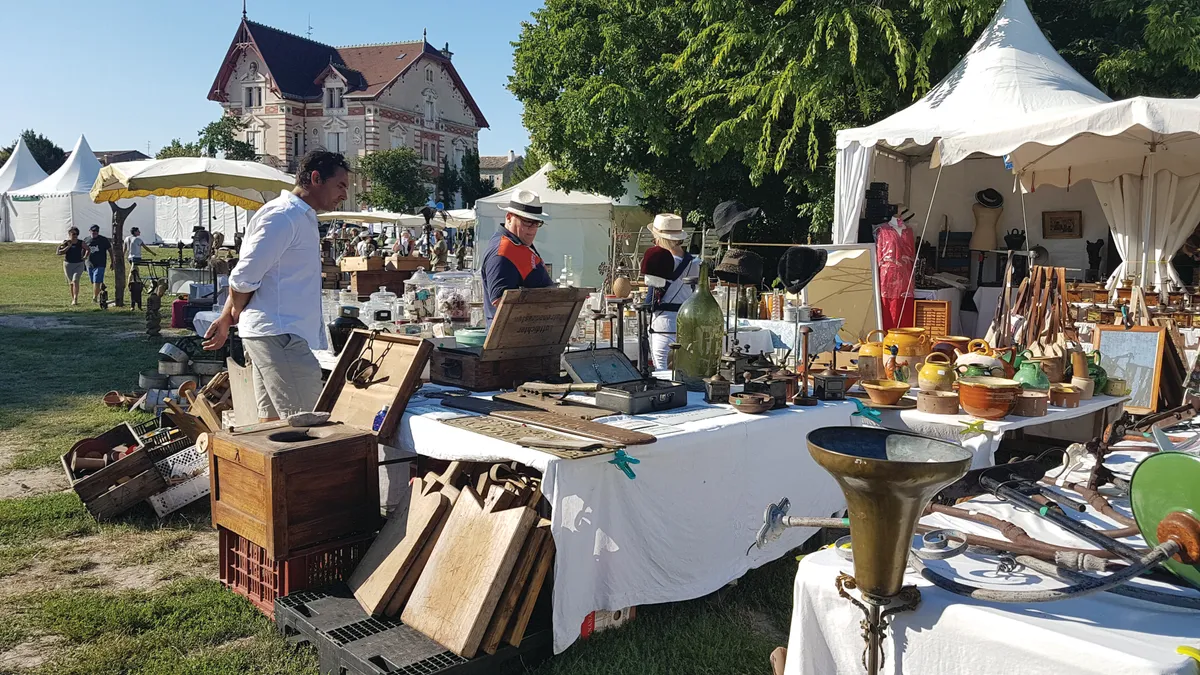
Considered by many as the brocante and antiques capital of France, this picturesque Provençale town is set along two branches of the River Sorgue, its wealth built on the production of silk and wool, aided by its many watermills. The town first hosted antiques fairs in the mid-1960s, and today’s
treasure-hunters are drawn by the chance to find everything from pétanque sets to zinc-topped bars (should you be visiting with a lorry).
There are a number of antiques ‘villages’, where dealers and brocante sellers are clustered in purpose-built enclaves, the oldest of which is the Village des Antiquaires de la Gare – an old watermill where you’ll find more than 100 dealers. Sunday is the time to browse the flea markets along the river’s quaysides and soak up the buzzing atmosphere as locals and visitors barter for bargains. Stay at La Prévôté, a charming little five-room bed and breakfast with its own restaurant set on the central island, with the river flowing gently underneath. Double rooms cost from €145 (la-prevote.fr).
oti-delasorgue.co.uk
3
Bordeaux, Nouvelle Aquitaine
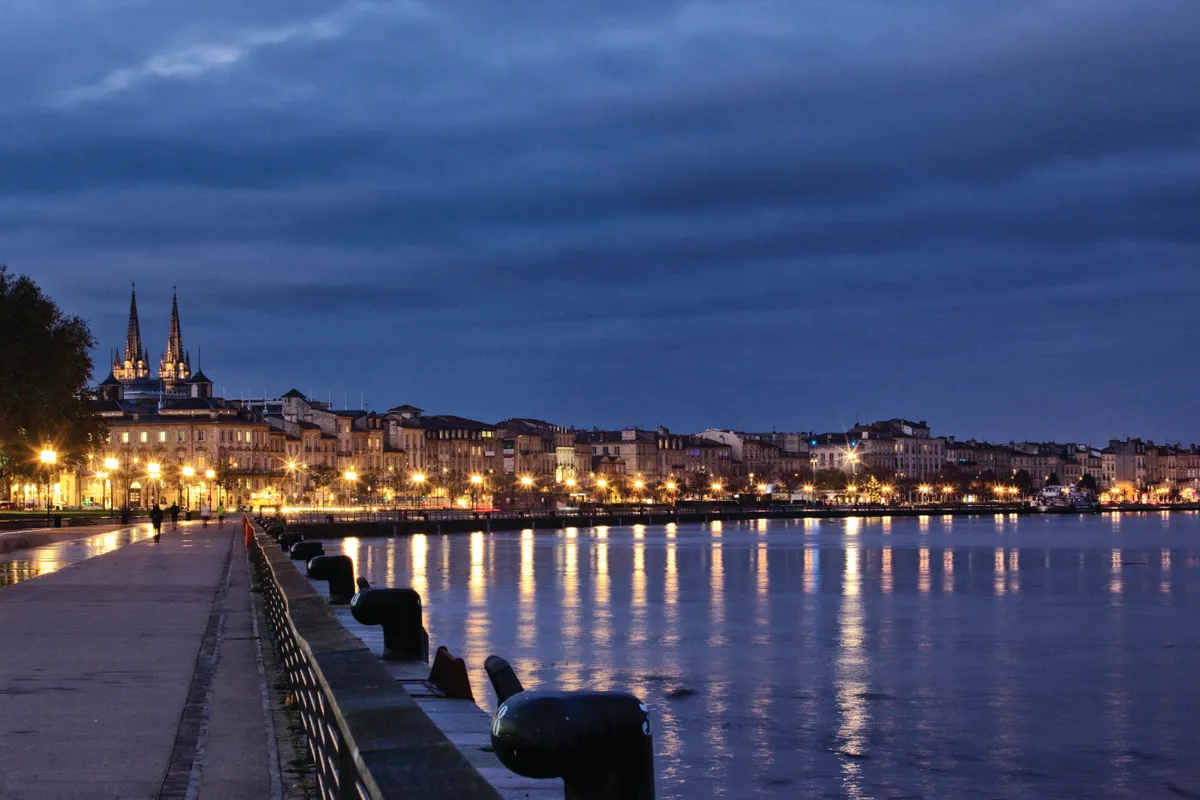
The last 20 years have seen Bordeaux transformed: its Unesco-listed architecture has been scrubbed clean of pollution and a welcoming promenade has opened along its waterfront. 2016 saw the arrival of the striking Cité du Vin, a state-of-the-art wine museum set in a glass building shaped like the swirl that wine makes in a glass as it’s poured.
For those who prefer the city’s more ancient treasures, the nearby Chartrons district is home to several brocante and homeware shops. Most are centred along Rue Notre Dame, where you’ll find everything from elegant statues in chic antiques boutiques to glass jewellery in more rustic shops. Meanwhile, south of the city’s main attractions, Les Puces de Saint Michel is a flea market that takes place each Tuesday, Thursday, Friday and Sunday morning. A vibrant event, you’ll find all sorts here between the stalls and the permanent shops that inhabit the 18th-century mansions that surround the square. Stay at Le Saint James, a luxury hotel perched high above the city with breath-taking views. Double rooms from €195 (saintjames-bouliac.com).
bordeaux-tourisme.com
4
Dordogne, Nouvelle Aquitaine
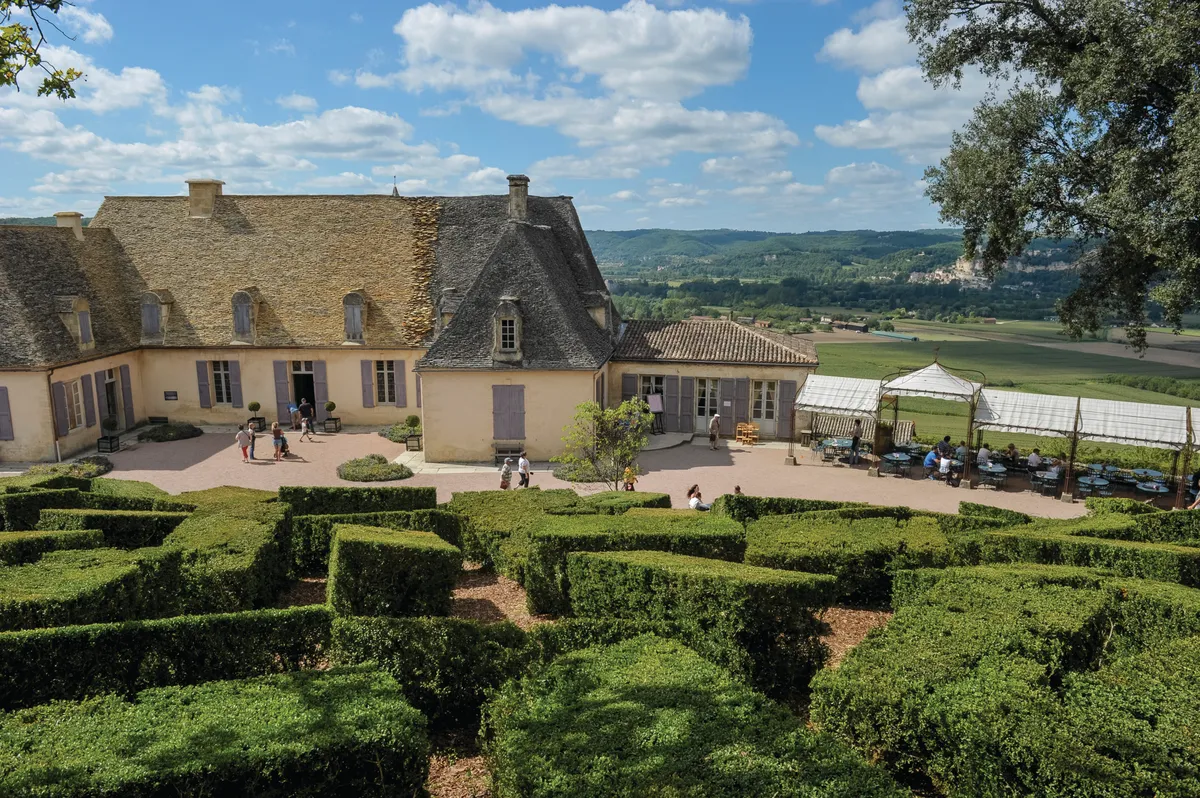
This idyllic region of golden-stone villages and cliff-top chateaux might be better known for its confit de canard and foie gras, but those on the look-out for typical French objets should book a stay at Le Mas et Le Mazet, a beautiful gîte and cottage, where owner Rupert Springfield can guide visitors to the best brocantes and markets. As a former antiques and art dealer in both the UK and the Netherlands, he has a real eye for the best finds and will direct you to the best addresses. He can either guide visitors himself (€100 for half a day, or €195 for a day) or plan out a route for free around the nearby Bastide villages such as Monpazier, which date from the Hundred Years War, and which are home to charming antiques shops and bric-a-brac stores.
As well as brocante-hunting, days out can be spent visiting local attractions such as the Jardins de Marqueyssac and Lascaux IV, the international centre for cave art, or shopping in the local markets for delicious regional produce such as walnut oil and dessert wine. A stay at Le Mas, which sleeps up to 10 in a stylish and spacious farmhouse, costs from £295 a night, while couples can book into Le Mazet, the cottage, for €80 per night for two (lemasdordogne.com).
dordogne-perigord-tourisme.fr
5
Le Perche, Normandy
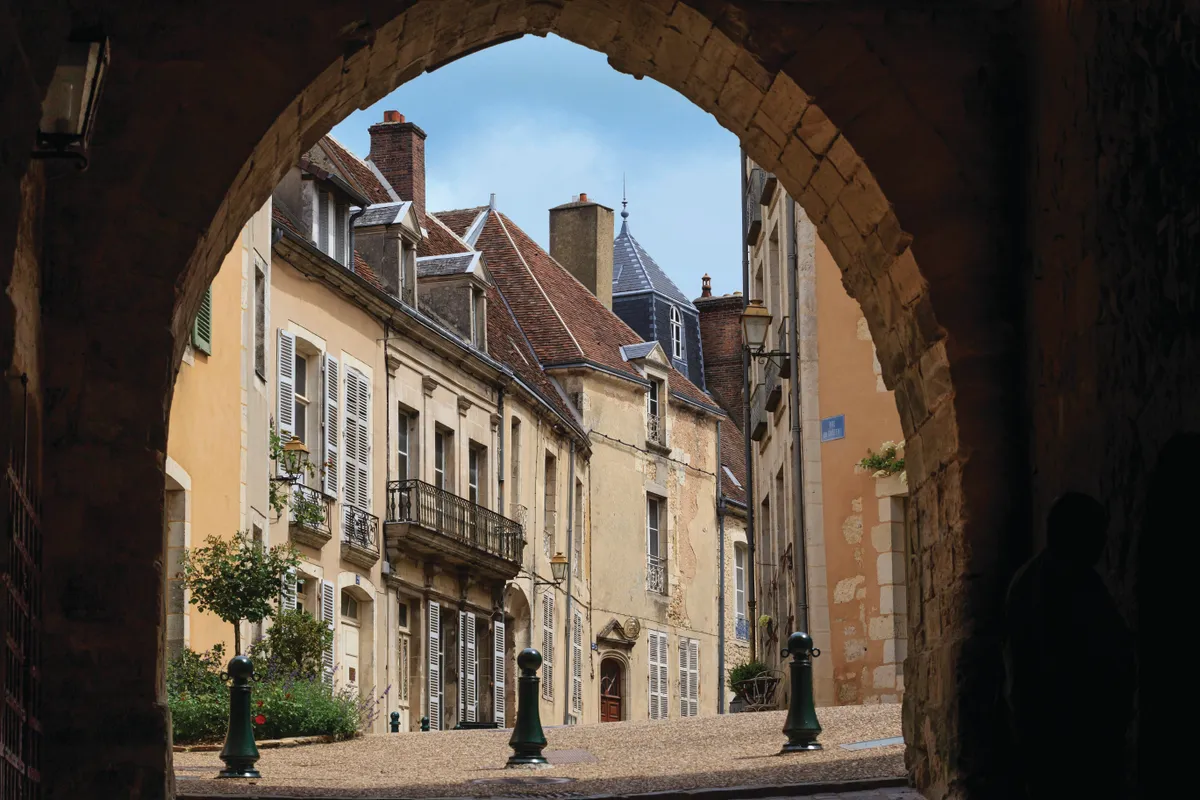
This little-known area of Normandy is a hotbed of brocante boutiques and warehouses and, being just a couple of hours from the northern ferry ports, makes a great destination to visit by car (or van if you have big purchases in mind). A favourite weekend bolthole of chic Parisians, this is where many of them search out interesting objets to deck out their apartments or family chateaux.
Start your trip in Bellême, a town so dedicated to treasured objects it even publishes a guide to its many antiques and bric-a-brac shops. Each offers something different to the others, from 1950s lighting to classic, French armoires. Meanwhile, Mortagne-au-Perche offers further antiques shops, and the nearby village of La Perrière has a real treat in the shape of La Maison d’Horbé (lamaisondhorbe.com), a restaurant set within an antiques shop. The summer is a good time to come for the many flea markets (or vide-greniers, attic clearance sales) that take over sleepy village greens and squares. Stay at Chateau de Saint Paterne (chateau-saintpaterne.com) a family-owned boutique hotel just outside Alençon. It is beautifully styled with intriguing paintings and heirloom furniture and has rooms from €145 a night.
en.normandie-tourisme.fr
6
Saint Ouen Flea Markets, Paris
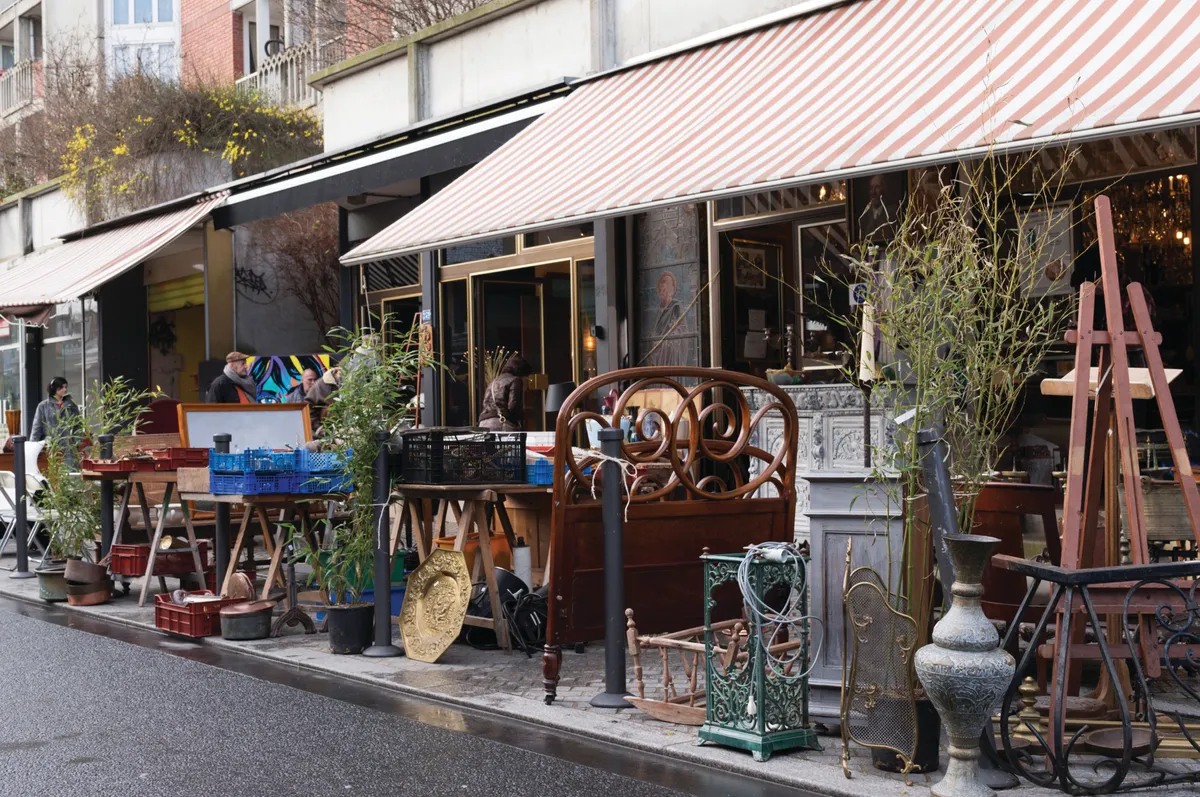
The French capital may be the destination of choice for fashionistas in search of designer labels, but those hunting for characterful bric-a-brac are equally spoiled for choice. On the northern edge of Paris, tucked up against the city’s ringroad, the Marché aux Puces de Saint Ouen is thought to be the biggest flea market in the world. This enticing warren of antiques and brocante stalls is spread across a nine-hectare site, offering 14 different markets and some 2,000 vendors in warehouses and cosy cabins running along narrow alleys.
Each area specialises in something different: head to Marché Vernaison for books, prints and glassware, to Marché Paul Bert Serpette for sublime examples of mid-century furniture and Marché Malassis for toys and vintage cameras. The sheer scale of the ‘puces’ means that multiple visits are required to really get to know it. Stay nearby at Mob Hotel, which blends modern design with eclectic flea-market finds. Double rooms cost from €79 (mobhotel.com).
marcheauxpuces-saintouen.com
